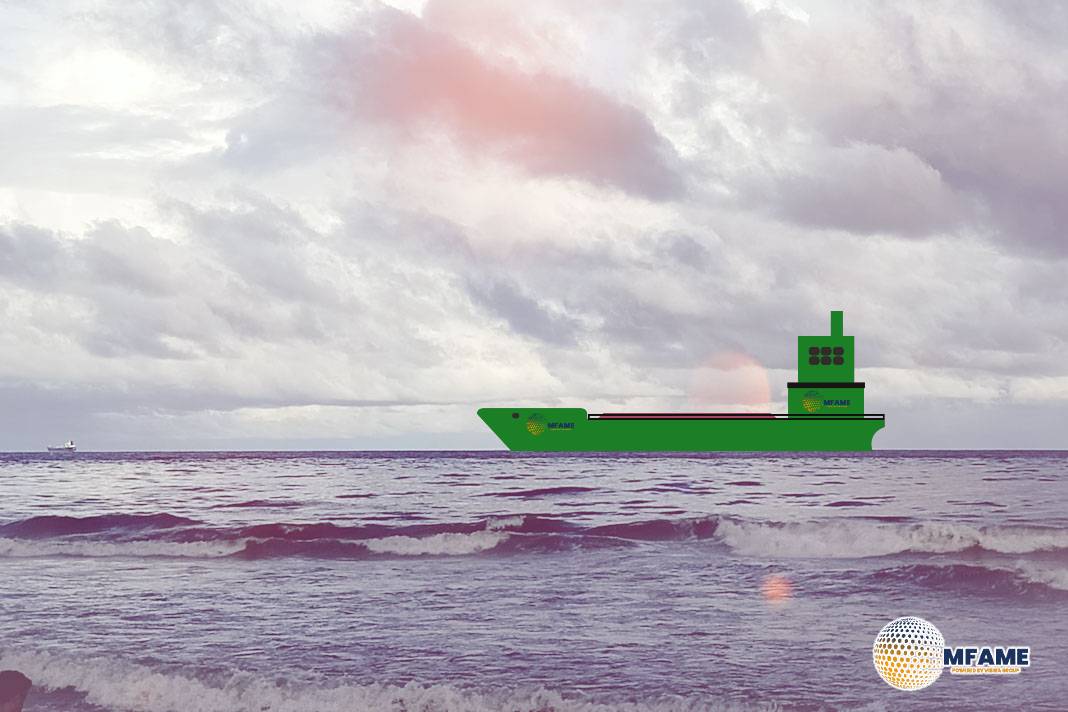The International Maritime Organization (IMO) has adopted new amendments to MARPOL Annex VI, introducing important updates to the Carbon Intensity Indicator (CII) framework. According to Lloyd’s Register’s Class News 19/25, these changes were finalized during the 81st session of the Marine Environment Protection Committee (MEPC 81) in March 2024 and will come into force on 1 May 2025.
The amendments aim to improve the regulatory framework governing ships’ carbon intensity by increasing clarity, accountability, and flexibility for shipowners and operators navigating decarbonization targets.
Key Regulatory Changes
The amendments specifically affect Regulation 28, which governs both the attained and required annual operational CII of vessels. Starting from 2026, vessels must meet their required CII value for each calendar year, ensuring consistent compliance and performance tracking.
The annual measurement and verification of the attained CII will continue to inform a vessel’s operational rating, ranging from A (best) to E (worst). These ratings are becoming increasingly important for chartering decisions, financing, and regulatory risk management.
Why It Matters
The updated rules address practical issues raised by the industry since the introduction of CII regulations in 2023. For ships operating on seasonal trades, multi-year charters, or variable voyage profiles, the new annual requirement provides clearer timelines for performance planning and reporting.
This change is viewed as part of the IMO’s broader effort to refine its Energy Efficiency Existing Ship Index (EEXI) and CII frameworks to better support the shipping industry’s transition to a net-zero emissions future by 2050.
Operational and Compliance Implications
Shipowners and operators will now need to take a more proactive approach to energy efficiency and emissions management. Ahead of the May 2025 enforcement date, companies are expected to:
- Update their Ship Energy Efficiency Management Plans (SEEMP)
- Align data collection and reporting systems with the revised regulation
- Prepare operational strategies to maintain or improve their vessels’ CII ratings
These steps are critical for compliance, but also for maintaining competitiveness in a market increasingly shaped by environmental performance criteria.
Conclusion
With these amendments, the IMO is reinforcing its commitment to climate regulation in shipping while responding to industry feedback for more workable compliance structures. According to Lloyd’s Register, classification societies will continue to support the industry with technical guidance and implementation tools as the new rules approach.
The countdown to May 2025 has begun, and the shipping industry must prepare to adapt—year by year, ship by ship.
Did you subscribe to our daily Newsletter?
It’s Free Click here to Subscribe!
Source: Lloyd’s Register
















